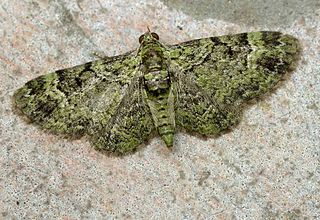
The green pug is a moth of the family Geometridae. It is sometimes placed in the genus Chloroclystis or Rhinoprora. It is common throughout the Palearctic region and the Near East, but also appears in North America.
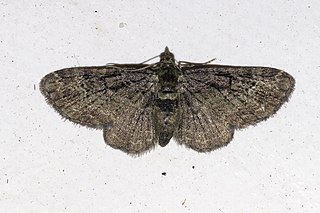
Pasiphila is a genus of moths in the family Geometridae. As of 2005 about 36 species were known, and of these, some 27 are native to New Zealand.

Pasiphila debiliata, the bilberry pug, is a moth of the family Geometridae. It is found from Europe, east to southern Siberia, the Amur region and Japan.
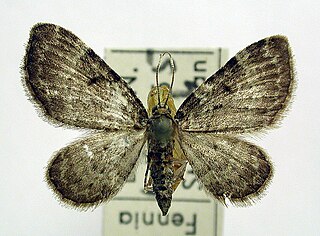
Pasiphila chloerata, the sloe pug, is a moth in the family Geometridae. It is found from Europe to the Amur Region and central Asia.

Pasiphila derasata is a species of moth in the family Geometridae. It is found in Africa, south of the Sahara, including the Islands of the Atlantic Ocean and the island of the Indian Ocean.
Pasiphila lita is a moth in the family Geometridae. It was described by Louis Beethoven Prout in 1916. It is found in Kenya, Malawi, South Africa and Zimbabwe.
Pasiphila coelica is a moth in the family Geometridae. It is endemic to Borneo.

Pasiphila bilineolata is a moth in the family Geometridae. It is endemic to New Zealand and can be found in the North and South Islands. The species inhabits native forest and shrubland and the larvae feed on Hebe species. Adults are on the wing commonly from August to January but have been observed most months of the year and are attracted to light.
Pasiphila excisa is a moth in the family Geometridae. It was described by Arthur Gardiner Butler in 1878. It is found in Russia, Japan and Korea.

Pasiphila fumipalpata is a moth in the family Geometridae. It is endemic to New Zealand.
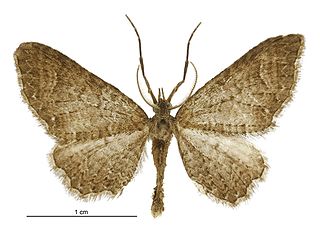
Pasiphila heighwayi is a moth in the family Geometridae. It is found in New Zealand. The species was described from the Banks Peninsula and later found along the Waitohi River.
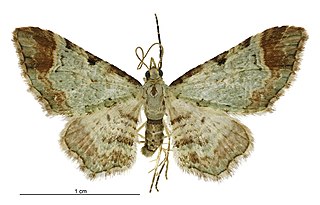
Pasiphila magnimaculata is a moth in the family Geometridae. It is endemic to New Zealand. The type locality of this species is Queenstown. It usually inhabits montane areas but has also been collected on Quail Island.
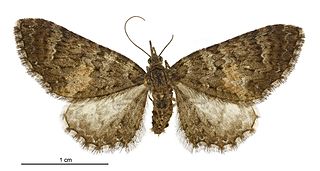
Pasiphila rubella is a moth in the family Geometridae. It is endemic to New Zealand.

Pasiphila lunata is a species of moth in the family Geometridae. It is found in New Zealand.
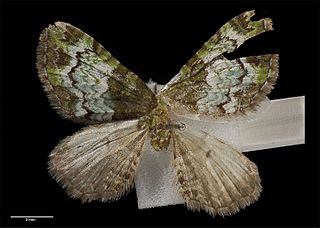
Pasiphila malachita is a moth in the family Geometridae. It is endemic to New Zealand.
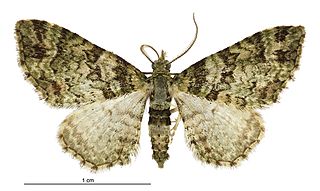
Pasiphila urticae is a moth in the family Geometridae. It is found in New Zealand.
Pasiphila kumakurai is a moth in the family Geometridae. It is found in Japan.

Pasiphila rivalis is a moth in the family Geometridae. It is endemic to New Zealand.
Pasiphila subcinctata is a moth in the family Geometridae. It is found in the Russian Far East, Korea and Japan.
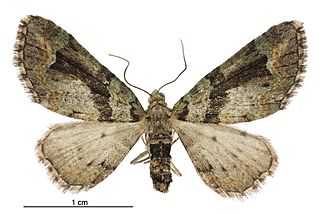
Pasiphila suffusa is a moth in the family Geometridae. It is endemic to New Zealand.














